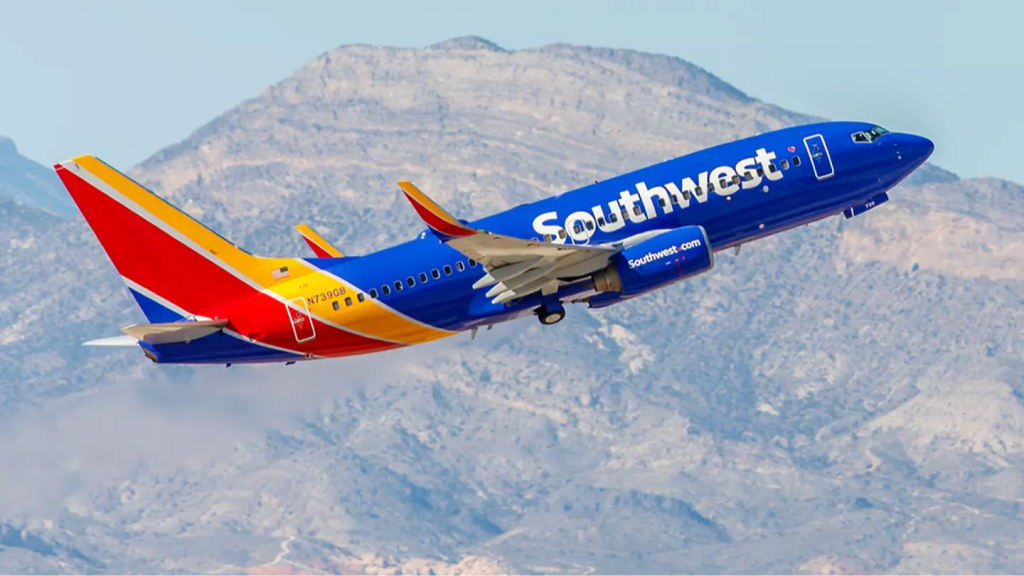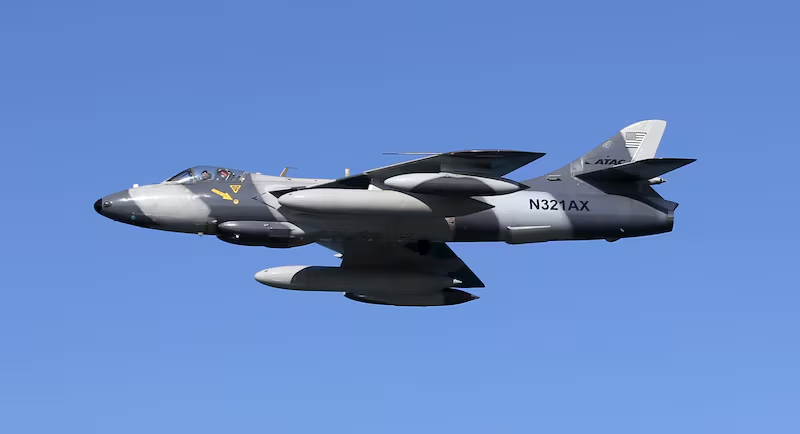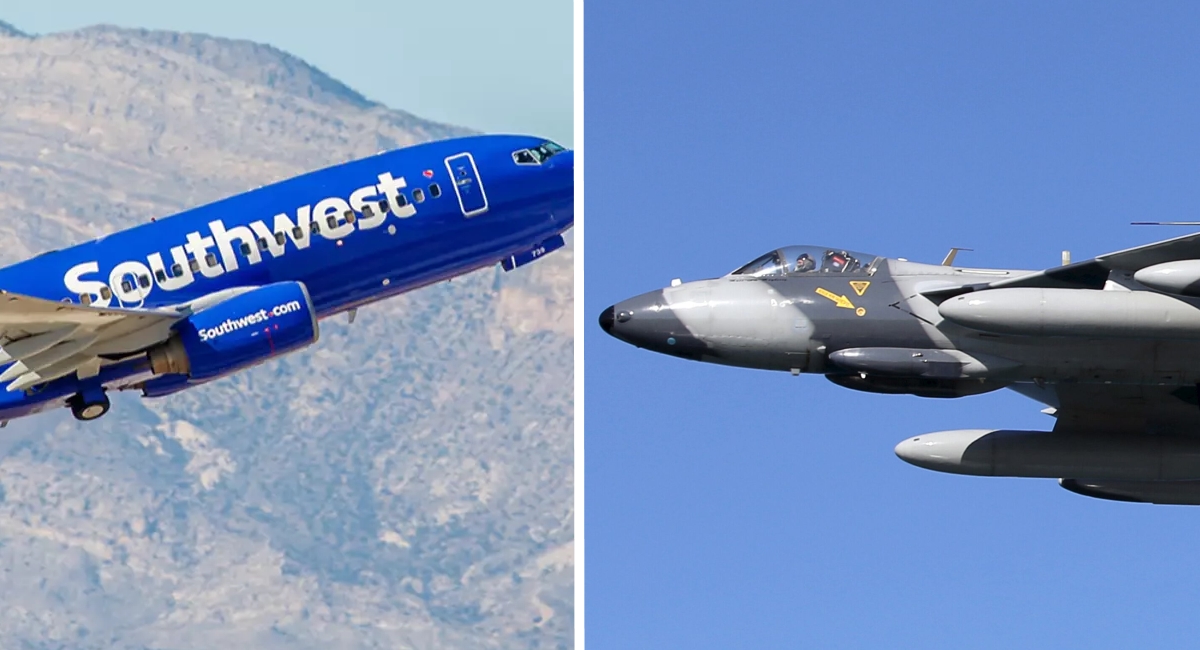Southwest Airlines Flight 1496, departing Hollywood Burbank Airport en route to Las Vegas on July 25, suddenly dropped nearly 500 feet after takeoff to avoid what pilots described as a midair collision, leaving passengers shaken and two flight attendants injured as Reuters reported. About six minutes into the flight, the Boeing 737 descended from roughly 14,100 ft to 13,625 ft after triggering two onboard traffic alerts that alerted the crew to dangerously close aircraft.

Passengers described the moment as pure chaos, with some people literally lifted out of their seats and striking the cabin ceiling as the aircraft pitched downward at 450 mph. Steve Ulasewicz told NBC 4 Los Angeles the experience felt like a sudden plunge—“it was pandemonium” during what passengers compared to a drop on a theme‑park ride British media coverage collected eyewitness accounts. Comedian Jimmy Dore, onboard that day, echoed those accounts on X (formerly Twitter), saying he and many others flew from their seats and that a flight attendant required medical care.
“Myself & plenty of people flew out of their seats & bumped heads on ceiling, a flight attendant needed medical attention.”
Flight-tracking data from Flightradar24 confirmed the maneuver lasted around 20 seconds, after which the aircraft began a controlled climb to resume altitude. Southwest officials later confirmed the evasive action was taken after an alert flagged a nearby Hawker Hunter fighter jet operating at similar altitude—estimated at around 14,633 ft—which crossed close by without proper ATC guidance according to FAA statements cited by Reuters. The airline praised its crew’s swift response.
“Pilot had to dive aggressively to avoid midair collision over Burbank airport.”
Southwest confirmed two flight attendants were treated for injuries sustained during the dive, though no passengers were immediately reported injured. In a follow-up statement, the airline said the flight landed safely in Las Vegas and that it is cooperating fully with the FAA’s ongoing investigation into the incident as PEOPLE magazine reported. FAA officials emphasized that safety protocols triggered the climb‑and‑dip maneuver to deconflict with the other aircraft.
ABC News affiliate KABC reported that pilots responded to “two onboard traffic alerts” and carried out an immediate climb, followed by descent as dictated by the collision‑avoidance system. Hollywood Burbank Airport authorities stated there was no evidence the near‑miss occurred in airport-controlled airspace, placing the event under the jurisdiction of the Los Angeles Air Route Traffic Control Center as detailed by the San Francisco Chronicle. The incident marks the second such evasive maneuver involving U.S. commercial aircraft within a week.
A similar near‑miss took place on July 18, when a SkyWest-operated Delta Connection jet made another aggressive evasive move to avoid a U.S. Air Force B‑52 bomber during approach over North Dakota, raising renewed concerns over coordination between military and civilian airspace management as Reuters noted.
Aviation safety experts say passengers are usually safe as long as flight attendants secure the cabin quickly and pilots follow collision-avoidance protocols. But the violent nature of such sudden altitude changes underscores how fast a flight can go from smooth to terrifying. The cockpit’s role in responding to TCAS alerts—and executing climbs or descents within seconds—is vital to preventing disasters as safety analyses emphasize in related studies.
Southwest emphasized that crew professionalism prevented a worse outcome, calling the flight attendants’ response and adherence to protocol extraordinary under pressure. Passengers like Caitlin Burdi described hearing the pilot announce later that they nearly collided with another plane, lending credence to the onboard alert narrative and the subsequent drop. Others took to social media, sharing vivid accounts on Reddit and X, reinforcing just how deeply the event rattled those aboard as compiled in witness coverage.
The incident has reignited debate about air traffic control oversight, especially when military jets operate near civilian flight paths. The FAA has launched an investigation to determine whether appropriate protocols were followed and if other alerts or warnings were missed. Meanwhile, passengers and crew are left processing the horror of escaping potential disaster by mere seconds.

While Southwest Flight 1496 ultimately landed without further incident, the dive highlights the unpredictable nature of aviation risks and the importance of swift, automated responses in preventing disaster. It also raises questions about airspace coordination and the margin for error when aircraft come within just a few hundred feet vertically and mere miles laterally—an error could prove catastrophic.
For passengers, the takeaway is clear: fasten your seatbelt at all times, heed crew instructions immediately, and understand that even routine flights can turn dangerous in moments. For the industry, it serves as a sobering reminder that vigilance and technology are paramount—but so is coordination between all parties sharing the skies.






